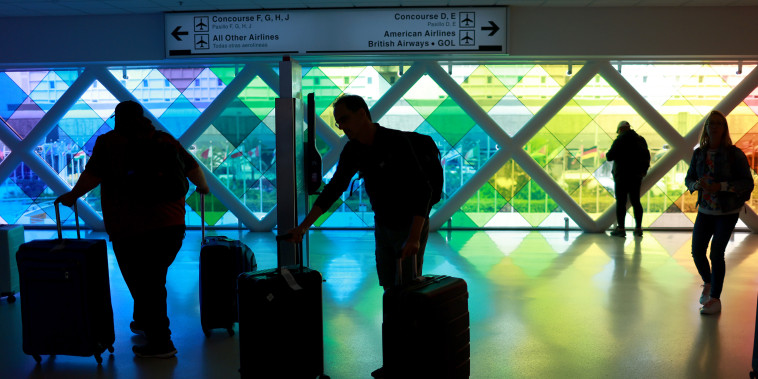Air travel demand has been soaring to new heights, breaking records in recent times. Despite the surge in passengers filling up planes, airline profits have not been able to match this growth. The aviation industry is facing an unusual dilemma where high demand is not translating into significant financial gains for airlines.
One of the key factors contributing to this disparity is the rising operating costs for airlines. Fuel prices, which represent a substantial portion of airlines’ expenses, have been volatile in recent years, making it challenging for airlines to predict and manage their costs effectively. Additionally, labor costs and maintenance expenses have also been on the rise, further straining airline profit margins.
Another significant factor affecting airline profitability is the intense competition in the industry. With more airlines vying for market share and offering competitive fares to attract passengers, profit margins are being squeezed. The pressure to keep ticket prices low to remain competitive, combined with the high operational costs, makes it difficult for airlines to achieve healthy profit margins.
Moreover, external factors such as global economic uncertainties, geopolitical tensions, and natural disasters can also impact airline profitability. These unpredictable events can lead to fluctuating demand, increased security measures, and disruptions in airline operations, all of which can adversely affect airlines’ financial performance.
In response to these challenges, airlines are implementing various strategies to improve their profitability. Some airlines are focusing on ancillary revenue streams, such as charging for extra services like baggage fees, seat selection, and in-flight amenities. By diversifying their revenue sources, airlines can offset the impact of low ticket prices on their overall profitability.
Furthermore, airlines are investing in technology and operational efficiencies to streamline their processes and reduce costs. By leveraging data analytics, artificial intelligence, and automation, airlines can optimize their operations, enhance customer experience, and lower expenses. These innovative solutions allow airlines to operate more efficiently and improve their profit margins.
Despite the current struggles with profitability, the future outlook for the aviation industry remains positive. As global demand for air travel continues to grow, airlines have opportunities to expand their routes, attract new passengers, and increase their market share. By adapting to the changing landscape of the industry and adopting innovative strategies, airlines can overcome their financial challenges and achieve sustainable profitability in the long run.
